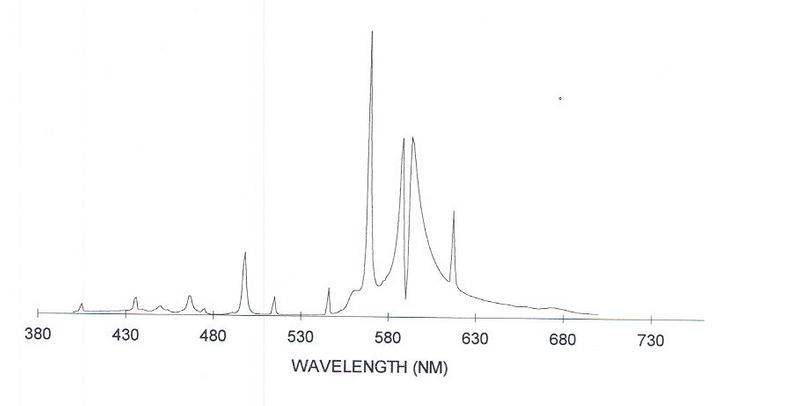DeadlyFoez
Active member
OK, when I say a 400 watt LED system, I am saying as I would be using 400 one watt LED's. Now when you factr in PWM with a duty cycle of as low as %0.5 then then energy savings is incredible. But I will also be overdriving the LED's too.
So I've done some quick math and with a 400 watt LED system as I described (400 one watters), it would compete if not surpass the equivilant of two 1,000 watt HPS lights. But once i factor in PWM and overdriving the system would consume about 35 watts of electricity and be better than the HPS's.
The overdriving is the best factor of all because I makes the light penetrate further past the canopy so the light is effective in longer distances.
But, seriously, just about 35 watts of electricity. That would be awesome.
So I've done some quick math and with a 400 watt LED system as I described (400 one watters), it would compete if not surpass the equivilant of two 1,000 watt HPS lights. But once i factor in PWM and overdriving the system would consume about 35 watts of electricity and be better than the HPS's.
The overdriving is the best factor of all because I makes the light penetrate further past the canopy so the light is effective in longer distances.
But, seriously, just about 35 watts of electricity. That would be awesome.

 Please, show me such LED
Please, show me such LED At least, i know my design is well though
At least, i know my design is well though 




